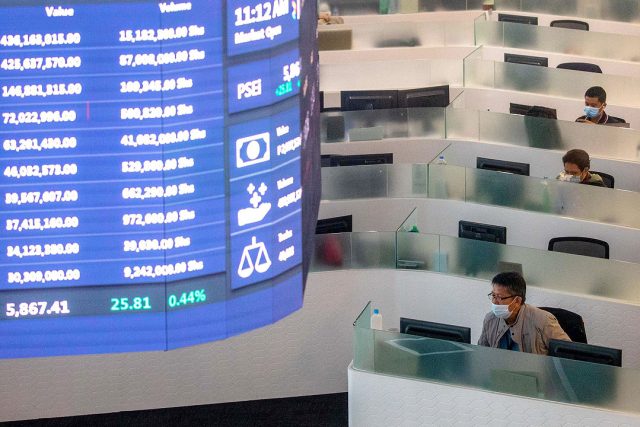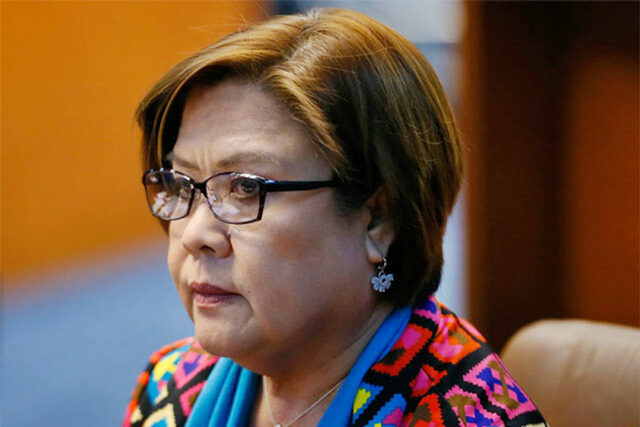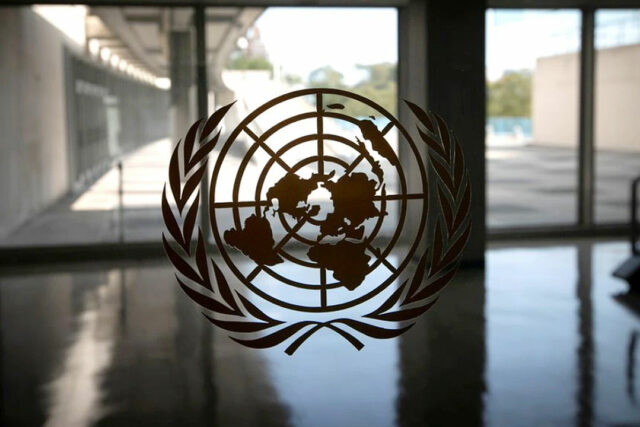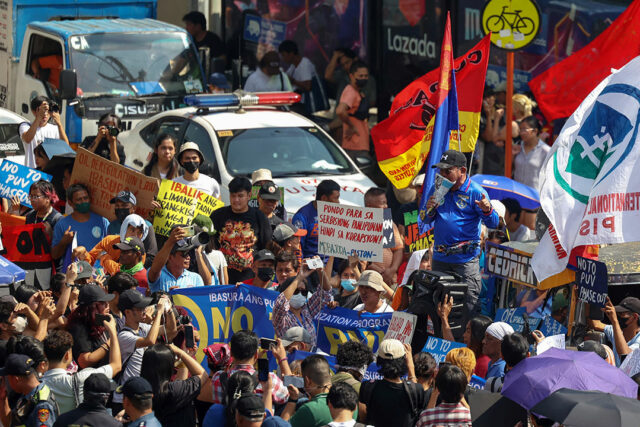Saving space
THE shrinking of workspace is becoming a trend. Many offices have totally discarded the concept of a permanent space assignment, preferring what is now called a “hoteling” approach. The office worker is assigned whatever space, usually just a table with plugs and ports for the computer, is available now. The paradigm for the company employee is that of a hotel guest being given any vacant room that is available. So, the worker may find himself beside the PR associate one day and an accounting clerk the next.
Even before the pandemic, at least 20% of the employees were out of the office at any one time, and usually more than that if one includes workers on field visits, sales calls, vacation leaves, and travel. With the hybrid system that combines face-to-face (FTF) meetings and attendance with Work-From-Home (WFH), the percentage of staff off the office premises can go as high as 70%. Even when they are outside the home, they may be at the client’s meeting rooms or out malling, accessible by mobile communication.
To take care of unexpected overflow, there is a conference room available for meetings and temporary space. The hoteling approach reduces the rental and power overhead and optimizes space utilization on an “as needed” basis, adhering to the principles of “just in time” inventory.
Condos too have introduced smaller spaces, using as architectural models the design of living areas found in yachts and cruise ships. Rooms are given multiple functions allowing a dining area to also serve as the bedroom, though not at the same time, unless the meal being consumed belongs to a bed. Single dwellers are also becoming common. Of course, they are allowed to have temporary guests occasionally.
The shrinking living space is nothing new as the Japanese have employed this approach for decades, using the “tatami” not just as a mat for sleeping or sitting on but also a unit of measurement and a way of dividing space. Small spaces seem to be a specialty of this culture that has also invented the bonsai, a way of dwarfing even a large tree to grow in a pot with its roots bulging out.
There is the “vendo” hotel, where you open the hatch by dropping money in a slot thus requiring no receptionist. This features a cylindrical sleeping space much like a coffin and not recommended for those with claustrophobia. These “rooms” come with disposable towels and bed sheets, even a hanging small TV, and are stacked together in a honeycomb array. These cubicles are usually found in train stations.
Closet space presents the biggest challenge in discipline and sense of order. Online shops have introduced the vacuum machine to get more shirts in one plastic bag by sucking out the air space between them, much like how bacon is squeezed into a flattened package. These bricks of clothes can then be piled on top of each other rather than hanging from a bar.
Another variant of the closet problem is the check-in luggage when travelling. With the ingenuity of Filipinos to pack as much into the luggage to prevent even a mosquito from taking refuge there, the airlines have imposed a maximum weight for each luggage. Occasionally this entails a public airing of dirty linen at the check-in counter as the bag is relieved of its burden — is this a hotel towel, Sir?
Space as a scarce resource is also subject to the law of supply and demand. The dynamics are simple: reduce the need for space and make do with what’s available. This requires the disposal of excess inventory, instead of expanding the storage area to accommodate shopping habits gone awry.
Relationships, however, need breathing room. Couples that feel suffocated by too much affection or control, or both, require that they give each other more space. This distancing of bodies may not be accommodated in the shrinking living space. Maybe, the hoteling approach in offices can apply, sometimes literally.
Even in the last rites, the final resting place has shrunk. No longer is a plot of land required. Inurement (rather than burial) only requires one vase. This is deposited in a locker-like vault that can accommodate more than one occupant. Even in the life hereafter, saving space seems to apply. Anyway, there is no longer any need… for breathing space.
Tony Samson is chairman and CEO of TOUCH xda















